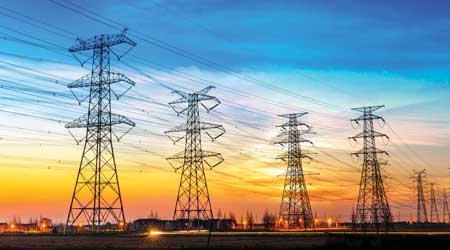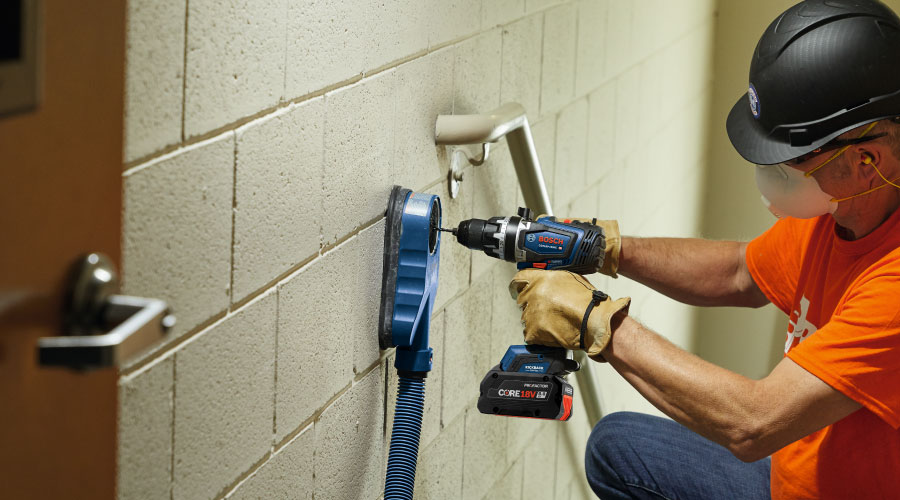 Generators and uninterruptible power supplies must provide protection to the electrical infrastructure in the event of voltage sags in the utility grid or a power outage.
Generators and uninterruptible power supplies must provide protection to the electrical infrastructure in the event of voltage sags in the utility grid or a power outage.UPS: Ensuring Efficient Operation
UPS and generators can introduce several challenging tasks for managers and technicians, including ensuring energy-efficient operation.
Eye on energy
One of the most challenging tasks managers and technicians face is ensuring energy-efficient operation for these critical components from both an environmental and a financial standpoint. Depending on the power output range and application of the generator, the U.S. Environmental Protection Agency has implemented regulations designed to minimize the allowed carbon emissions produced by generators.
Also, on average, about 10-12 percent of the total energy used in a data center is due to losses in electrical distribution systems. Considering this figure in conjunction with the rising costs of kilowatt-hours (kWh) from utility companies, managers are looking for advantageous ways to save on operating costs. Depending on the design of the electrical system and the location of the facility, this is where using a UPS Eco Mode feature, which provides slightly higher energy efficiency than the voltage/frequency independent mode or double-conversion.
The Eco Mode feature brings the benefit of increasing efficiency of 2-5 percent but comes at the expense of exposing loads to possible transients of raw utility power. The Eco Mode essentially eliminates the use of wasted energy through UPS components, such as the inverter.
Although this feature might be available on a UPS, it is not suitable for all facilities because it depends on the type of load and the location of the facility. To get the most in energy savings from this feature, a manager needs to ensure a facility has stable and clean utility power, as well as loads that have low harmonic characteristics.
Maintaining UPS and generators is essential and should not be taken lightly. Ideally, organizations would not view maintenance as a task that a technician will get around to when time allows, but rather a regularly scheduled procedure that brings a level of comfort knowing that essential equipment is reliable.
Outlining a schedule for maintaining equipment and sticking to that schedule will ensure that facilities get the most out of their generators and UPS. Having technicians keep a maintenance log also will help plan maintenance down the road and help track warranty-related items.
Daniel Chavez is a senior engineer with Horizon Engineering Associates www.horizon-engineering.com — in their New York City office. Chavez has experience providing project management of electrical projects, power systems and critical electrical issues. Horizon on social media: www.linkedin.com/company/horizon-engineering-associates-llp; @HEA_Energy; www.facebook.com/HorizonEngineeringAssoc; and www.instagram.com/horizonengineering.
Related Topics:














